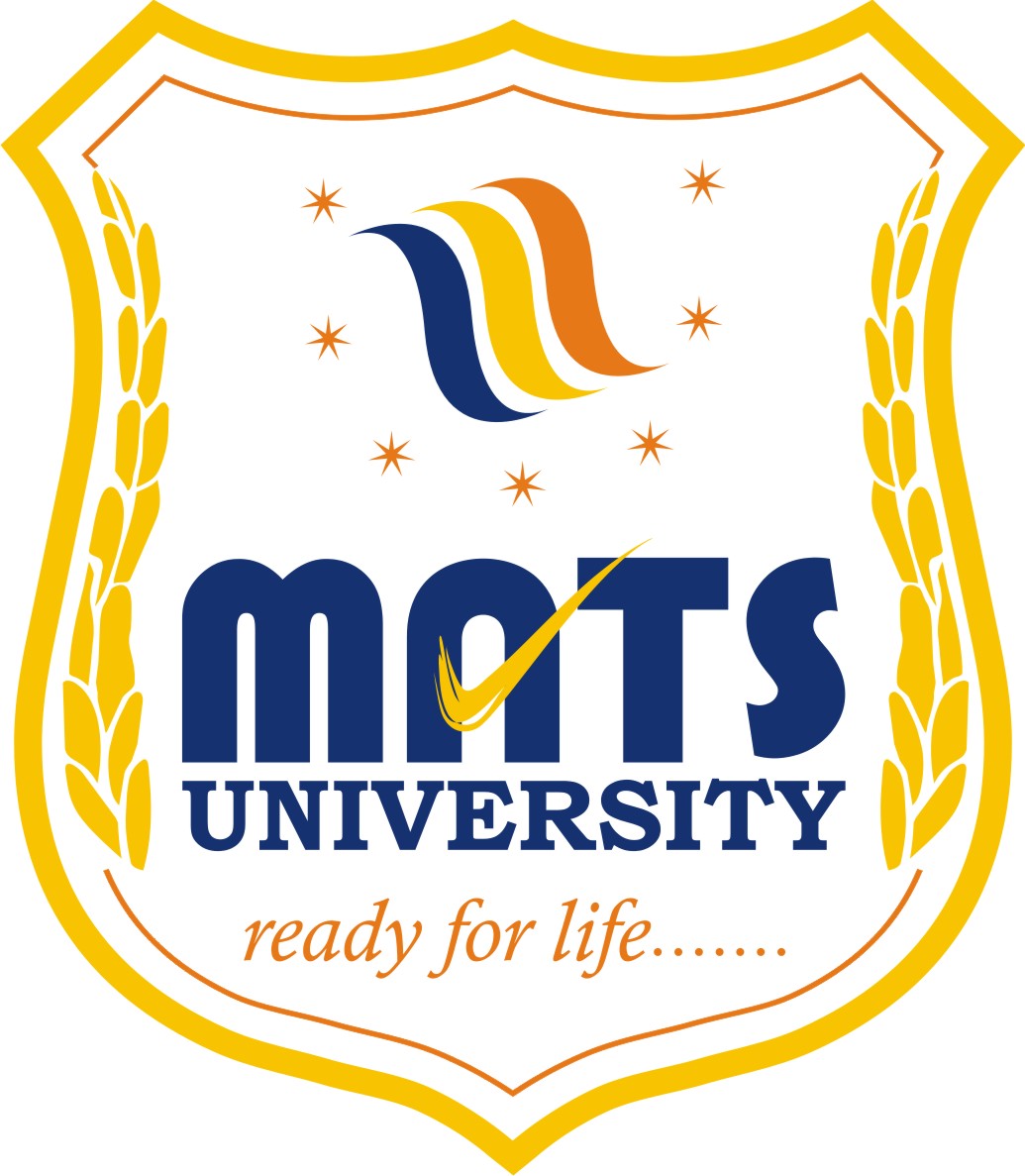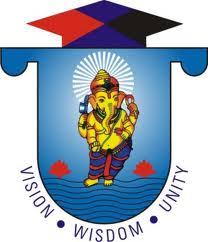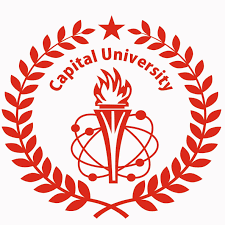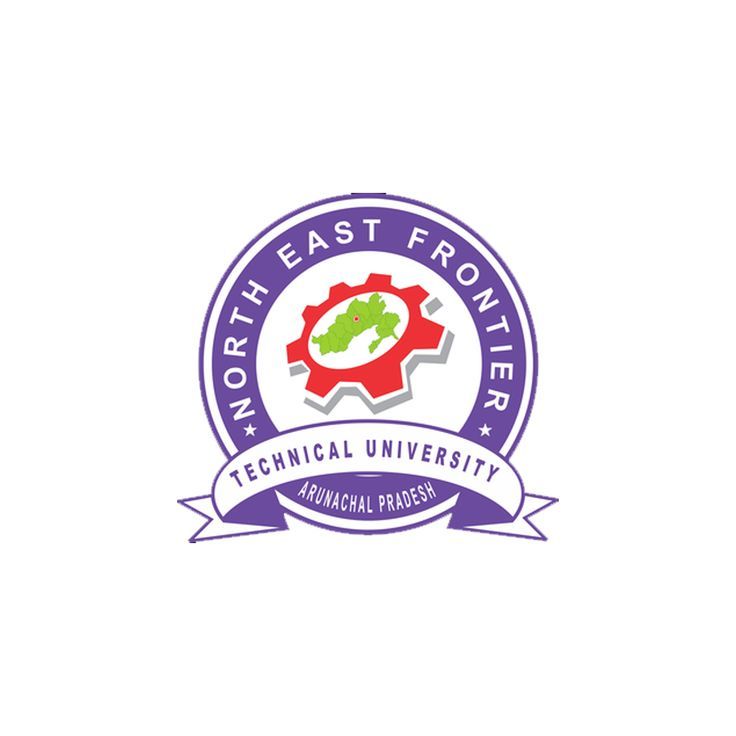Incremental Model in SDLC: Use - Shikshaglobe
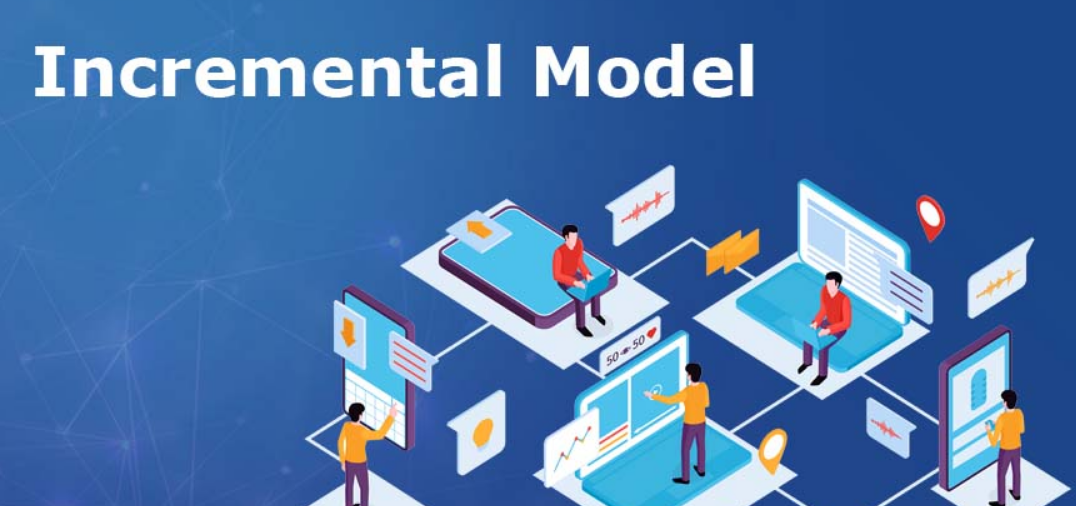
Incremental Model in SDLC: Use
The Incremental Model is a unique approach to the software development life cycle (SDLC) that is characterized by incremental delivery of functional capabilities. The Incremental Model is iterative and incremental, meaning it is composed of a series of iterations (repetitions) and each iteration delivers part of the system's functionality. Typically, the first iteration delivers the core functionality, while subsequent iterations add increasingly more functionality to the system. The advantage of this approach is that it allows for rapid delivery of a working system, which can be used and tested early on in the development process. Additionally, since each iteration builds on the previous one, it minimizes risk and maximizes efficiency. However, one disadvantage of this model is that it can be difficult to accurately estimate how long each iteration will take, which can lead to schedule overruns.
The Incremental Model is a process of development where requirements are divided into multiple increments. It is a combination of the waterfall model and the spiral model. The first increment is usually the core functionality of the product. Each subsequent increment adds more functionality to the product until all requirements are met.
Read More: Top 18 SAP Testing Interview Questions & Answers
The Importance of Incremental Model in SDLC in Today's
World
The world of software development is no longer static; it's
a dynamic landscape that demands flexibility and adaptability. The Incremental
Model in SDLC offers just that. It allows developers to break down complex
projects into smaller, manageable segments. This approach ensures that changes
can be easily incorporated, reducing the risk of costly errors and delays. In a
world where agility and responsiveness are paramount, the Incremental Model is
a game-changer.
Exploring Different Types of Incremental Model in SDLC
Incremental Model in SDLC comes in various flavors, each
tailored to different project requirements. From the Waterfall Incremental
Model, which emphasizes a linear progression, to the Agile Incremental Model,
known for its iterative approach, there's a model for every situation.
Understanding these types is crucial for successful project planning and
execution.
Benefits of Pursuing Incremental Model in SDLC
Why choose the Incremental Model in SDLC over other
methodologies? The benefits are aplenty. It enhances collaboration among team
members, fosters client engagement throughout the project, and promotes early
and frequent testing, ensuring a robust end product. Additionally, it minimizes
the risk of project failure by allowing for continuous monitoring and
adjustments.
How Incremental Model in SDLC Enhances Professional
Development
For aspiring software developers, mastering the IncrementalModel in SDLC is a stepping stone to a successful career. It provides hands-on
experience with real-world projects, hones problem-solving skills, and instills
a mindset of continuous improvement. Professionals who excel in the Incremental
Model are in high demand, making it a valuable skill to possess.
The Role of Incremental Model in SDLC in Career
Advancement
Incremental Model proficiency can open doors to lucrative
job opportunities. Whether you're a developer, project manager, or quality
assurance analyst, this skill set is highly sought after in the tech industry.
It can fast-track your career progression and lead to exciting challenges and
rewards.
Choosing the Right Education Course for Your Goals
With the importance of Incremental Model in SDLC on the
rise, choosing the right educational path is crucial. Whether you opt for a
degree program, online courses, or workshops, aligning your education with your
career goals is essential. Consider factors like curriculum, faculty expertise,
and industry partnerships when making your decision.
Online vs. Traditional Incremental Model in SDLC: Pros
and Cons
The choice between online and traditional education in Incremental Model in SDLC is not always straightforward. Each has its advantages and disadvantages. Online courses offer flexibility and accessibility, while traditional programs provide a structured learning environment. Weighing these factors against your personal preferences is key to making the right choice.
Continue Reading: Best Video Quality Enhancer Software
The Future of Incremental Model in SDLC: Trends and
Innovations
As technology evolves, so does Incremental Model in SDLC.
Keeping an eye on emerging trends and innovations is essential for staying
relevant in the field. Concepts like DevOps integration, automated testing, and
AI-driven development are shaping the future of Incremental Model practices.
The Impact of Incremental Model in SDLC on Student Success
For students pursuing careers in software development,
mastering the Incremental Model can be a game-changer. It equips them with
practical skills that make them highly employable upon graduation. Educational
institutions that prioritize teaching Incremental Model methodologies are
setting their students up for success.
Addressing the Challenges of Incremental Model in SDLC
and Finding Solutions
While the Incremental Model offers numerous advantages, it's
not without its challenges. Issues like scope creep, communication breakdowns,
and resource allocation can arise. However, with proper planning and effective
project management, these challenges can be mitigated.
Understanding the Pedagogy and Methodology of Incremental
Model in SDLC
A deep dive into the pedagogy and methodology of Incremental
Model in SDLC is essential for grasping its nuances fully. This understanding
allows developers and project managers to make informed decisions throughout
the software development process.
The Global Perspective: Incremental Model in SDLC Around
the World
Incremental Model in SDLC is not limited by geographical
boundaries. It's a universally accepted methodology employed by tech
professionals worldwide. Exploring how different regions adopt and adapt to
Incremental Model practices offers valuable insights for global collaborations.
Incremental Model in SDLC for Lifelong Learning and
Personal Growth
The knowledge and skills gained through Incremental Model
practices are not limited to professional applications. They can also enhance
personal growth and problem-solving abilities. Embracing Incremental Model
principles as a mindset can lead to more efficient and effective life
management.
Funding and Scholarships for Incremental Model in SDLC
Education can be expensive, but there are funding
opportunities and scholarships available for those interested in pursuing a
career in Incremental Model in SDLC. Exploring these financial aid options can
ease the burden of educational costs.
Case Studies: Success Stories from Education Course
Graduates
Real-world success stories serve as inspiration for those
embarking on their Incremental Model in SDLC journey. These case studies
highlight how individuals and organizations have achieved remarkable results by
embracing Incremental Model practices.
Advantages:
Allows for changes to be made during development
Risk is mitigated as only small pieces of functionality are implemented at a time
Easier to test and debug compared to the waterfall model
Know More: 10 Best SAP ERP Alternatives
Disadvantages:
Can lead to scope creep if not managed properly
Integration can be difficult as new increments are added
What is Spiral Model?
Winding Model is a gamble driven programming improvement process model. It is a blend of cascade model and iterative model. Twisting Model assists with taking on programming advancement components of numerous cycle models for the product project in light of novel gamble designs guaranteeing effective improvement process.
Each period of twisting model in computer programming starts with a plan objective and closures with the client checking on the advancement. The winding model in computer programming was first referenced by Barry Boehm in quite a while 1986 paper.
The improvement cycle in Spiral model in SDLC, begins with a little arrangement of prerequisite and goes through every improvement stage for those arrangement of necessities. The computer programming group adds usefulness for the extra necessity in each rising twistings until the application is prepared for the creation stage. The underneath figure make sense of Spiral Model:
winding model outline
Twisting Model Diagram
Winding Model Phases
Winding Model Phases Activities performed during stage
Arranging
It incorporates assessing the expense, timetable and assets for the emphasis. It additionally includes figuring out the framework prerequisites for persistent correspondence between the framework investigator and the client
Risk Analysis
ID of potential gamble is finished while risk moderation system is arranged and concluded
Designing
It incorporates testing, coding and conveying programming at the client site
Assessment
Assessment of programming by the client. Additionally, incorporates distinguishing and checking dangers like timetable slippage and cost invade
Read Also: 6 Best SAP Books for Beginners
When to utilize Spiral Model?
A Spiral model in computer programming is utilized when undertaking is huge
At the point when deliveries are expected to be regular, winding procedure is utilized
At the point when making of a model is relevant
At the point when chance and costs assessment is significant
Twisting philosophy is valuable for medium to high-gamble with projects
At the point when prerequisites are muddled and complicated, Spiral model in SDLC is helpful
At the point when changes might expect out of the blue
At the point when long haul project responsibility isn't possible because of changes in financial needs
Twisting Model Advantages and Disadvantages
Advantages Disadvantages
Extra usefulness or changes should be possible at a later stage Risk of not gathering the timetable or spending plan
Cost assessment turns out to be simple as the model structure is finished in little fragments Spiral advancement turns out best for enormous tasks just likewise requests risk appraisal ability
Persistent or rehashed improvement helps in risk management For its smooth activity winding model convention should be followed rigorously
Improvement is quick and elements are included in a methodical way in Spiral development Documentation is more as it has middle stages
There is generally space for client feedback Spiral programming improvement isn't prudent for the more modest undertakings, it could set them back a ton.
Click Here
Read More Articles:-
Spiral Model: When to Use? Advantages & Disadvantages |
Best Video Quality Enhancer Software |
Best Discord Emoji Maker |
Agile Methodology — What is the Agile Software Development Model? |


